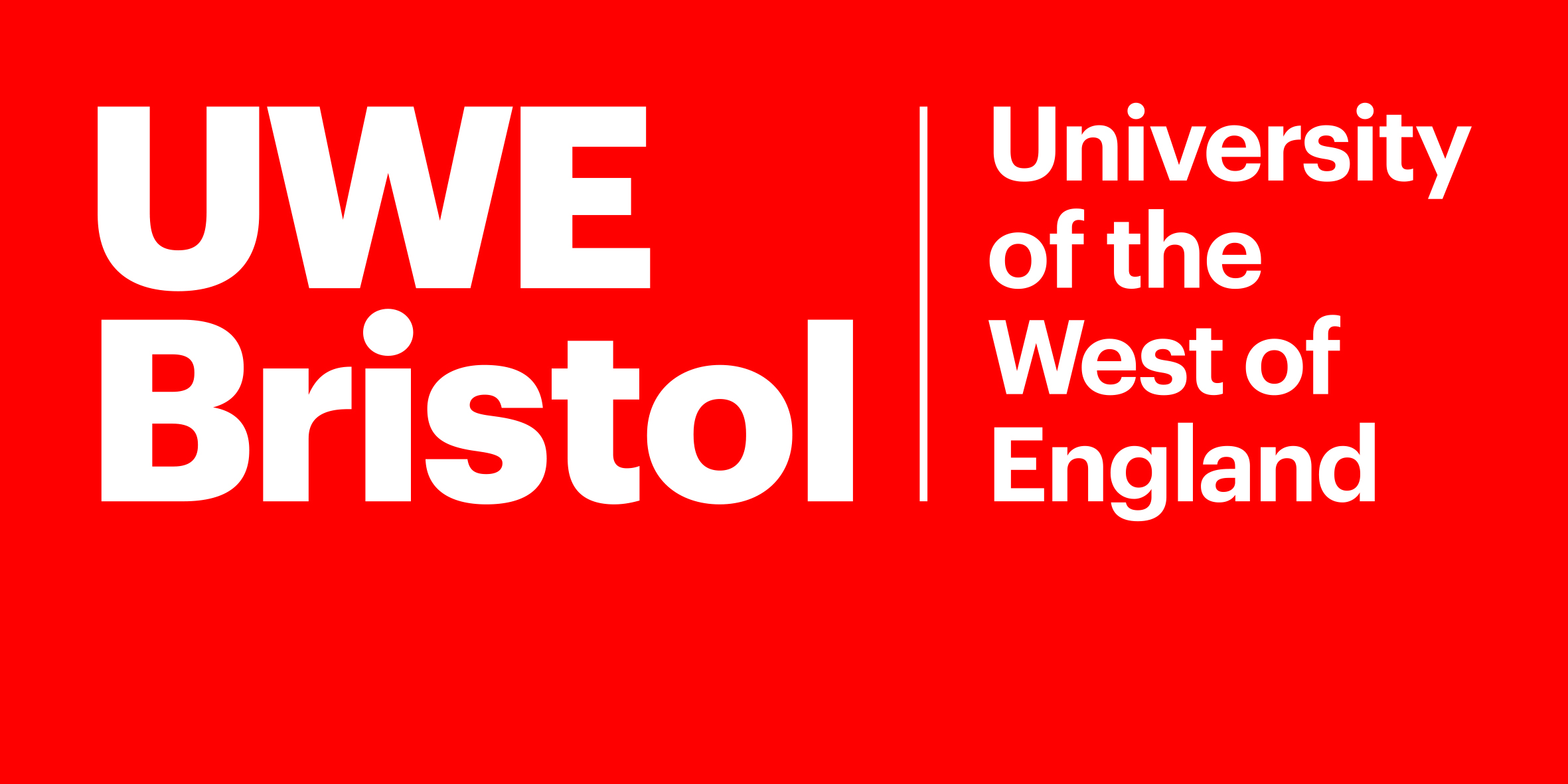Mohammad Reza Khoshravan Azar
The effect of epoxy and nanomaterial filling on honeycomb core strength: Experimental and numerical studies
Khoshravan Azar, Mohammad Reza; Javadzadeh Khoei, Amir; Hadizadeh, Ramin; Fotouhi, Sakineh
Authors
Amir Javadzadeh Khoei
Ramin Hadizadeh
Sakineh Fotouhi
Abstract
Honeycomb structures exhibit considerable resistance to compressive forces due to their geometric configuration. The existence of hollow cells leads to structural deficiency, specifically, failure under localized compressive stresses, causing the structure to be unable to endure substantial compressive forces. A solution to this problem is to fill the empty cells with reinforcing materials. This research involved initially filling the cells with epoxy resin and then evaluating the structure by numerical and experimental methods. This structure can withstand approximately 280 kilonewtons of stress and absorb 700 J of energy before its initial failure. The data obtained from the experimental test have been confirmed using numerical analysis. The significance of the findings was further illustrated by evaluating the structure by finite element methods over various cell configurations, with results compared across them. In the next phase of the investigation, to further expand the field of research, the cells were filled with epoxy resin-containing clay nanoparticles, and the structure was analyzed using experimental approaches.
| Journal Article Type | Article |
|---|---|
| Acceptance Date | Apr 27, 2025 |
| Online Publication Date | May 26, 2025 |
| Publication Date | May 26, 2025 |
| Deposit Date | Jun 12, 2025 |
| Publicly Available Date | May 27, 2026 |
| Journal | Journal of the Brazilian Society of Mechanical Sciences and Engineering |
| Print ISSN | 1678-5878 |
| Electronic ISSN | 1806-3691 |
| Publisher | Springer Verlag |
| Peer Reviewed | Peer Reviewed |
| Volume | 47 |
| Issue | 7 |
| Article Number | 329 |
| DOI | https://doi.org/10.1007/s40430-025-05649-z |
| Public URL | https://uwe-repository.worktribe.com/output/14559826 |
| Additional Information | Received: 7 March 2025; Accepted: 27 April 2025; First Online: 26 May 2025; : ; : The authors declare that they have no known competing financial interests or personal relationships that could have appeared to influence the work reported in this paper. |
Files
This file is under embargo until May 27, 2026 due to copyright reasons.
Contact Sakineh.Fotouhi@uwe.ac.uk to request a copy for personal use.
You might also like
Non-contact characterisation of piezoelectric materials
(2023)
Presentation / Conference Contribution
Material characterisation for design with piezoelectric materials
(2025)
Presentation / Conference Contribution
Downloadable Citations
About UWE Bristol Research Repository
Administrator e-mail: repository@uwe.ac.uk
This application uses the following open-source libraries:
SheetJS Community Edition
Apache License Version 2.0 (http://www.apache.org/licenses/)
PDF.js
Apache License Version 2.0 (http://www.apache.org/licenses/)
Font Awesome
SIL OFL 1.1 (http://scripts.sil.org/OFL)
MIT License (http://opensource.org/licenses/mit-license.html)
CC BY 3.0 ( http://creativecommons.org/licenses/by/3.0/)
Powered by Worktribe © 2025
Advanced Search
